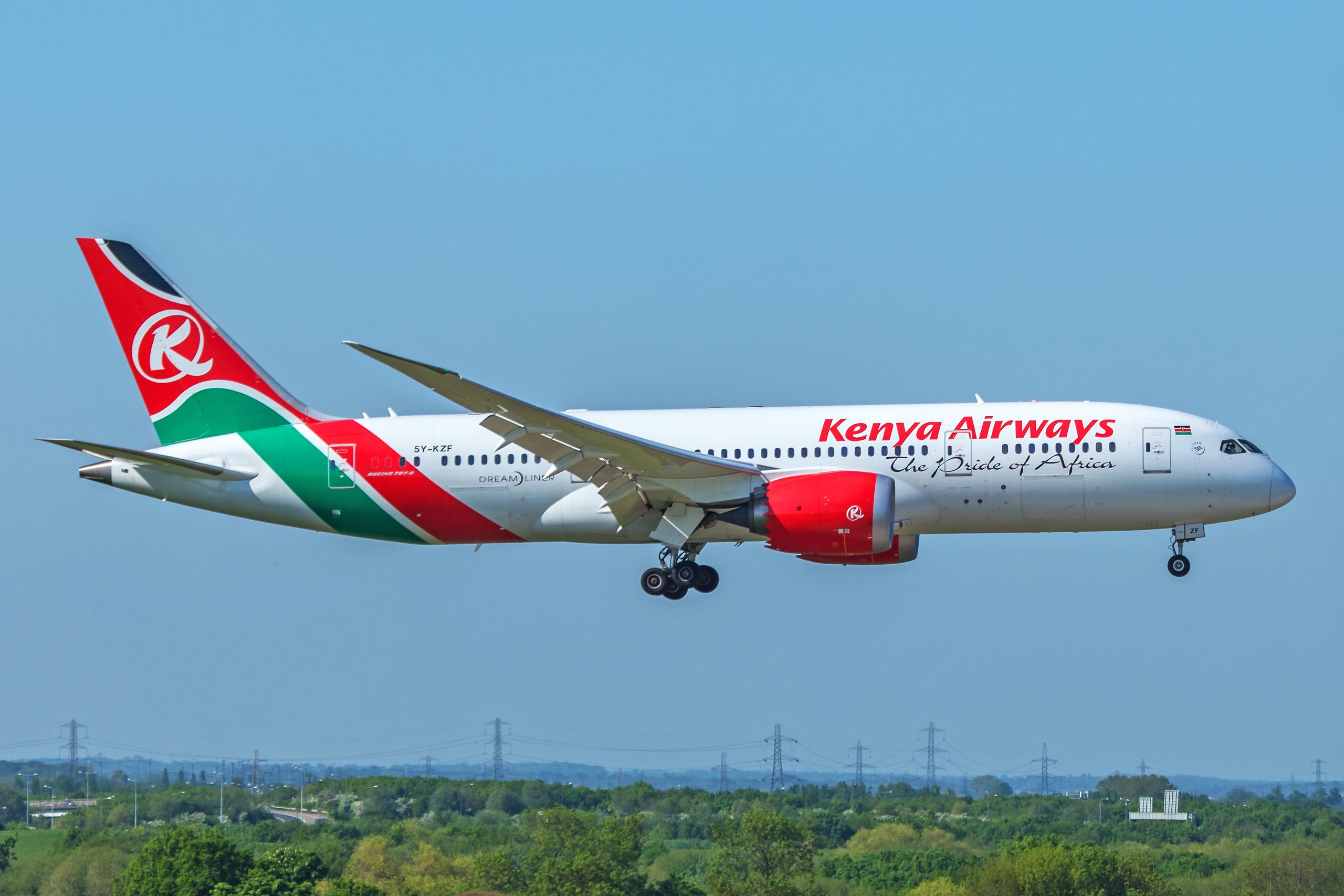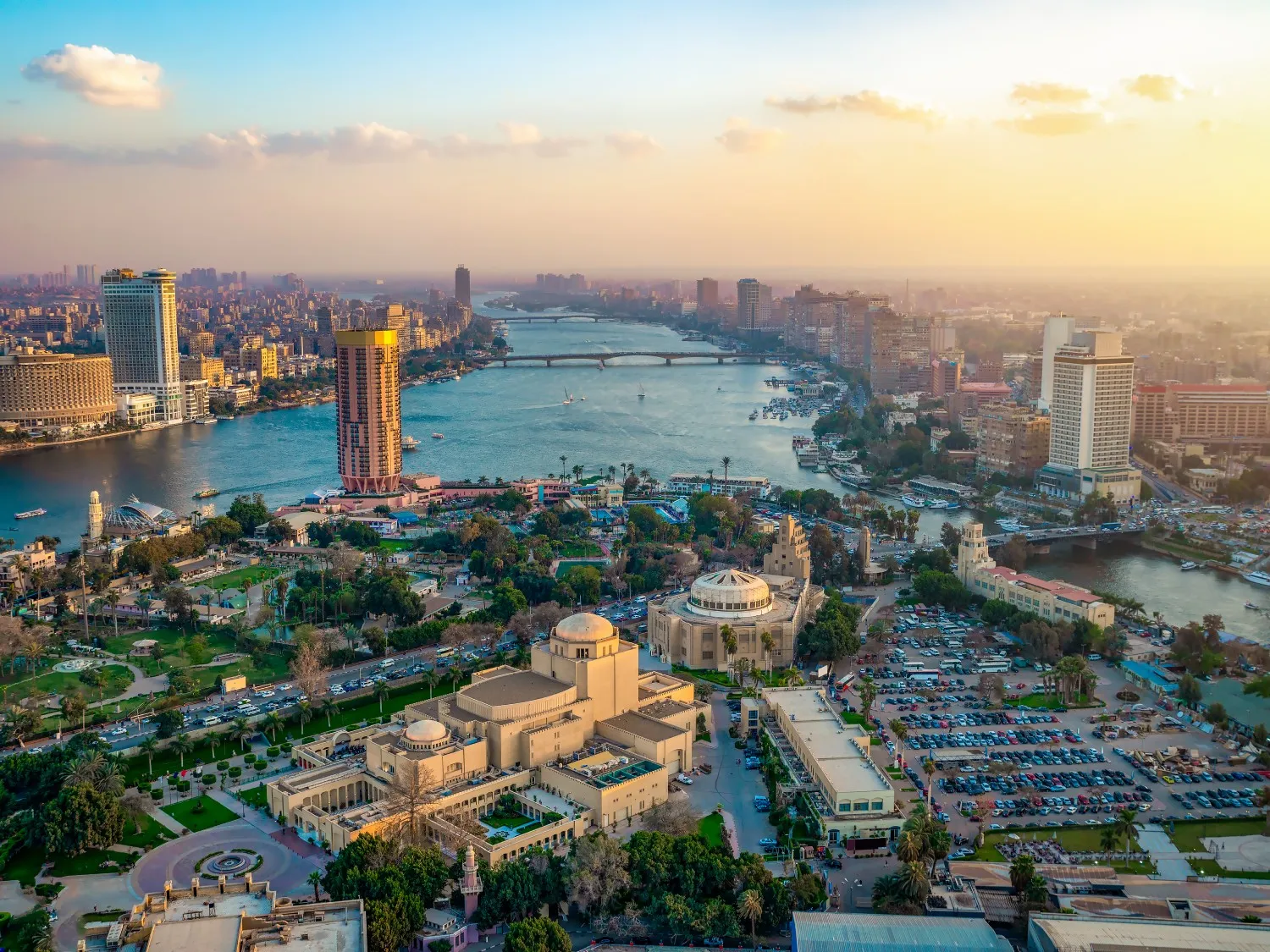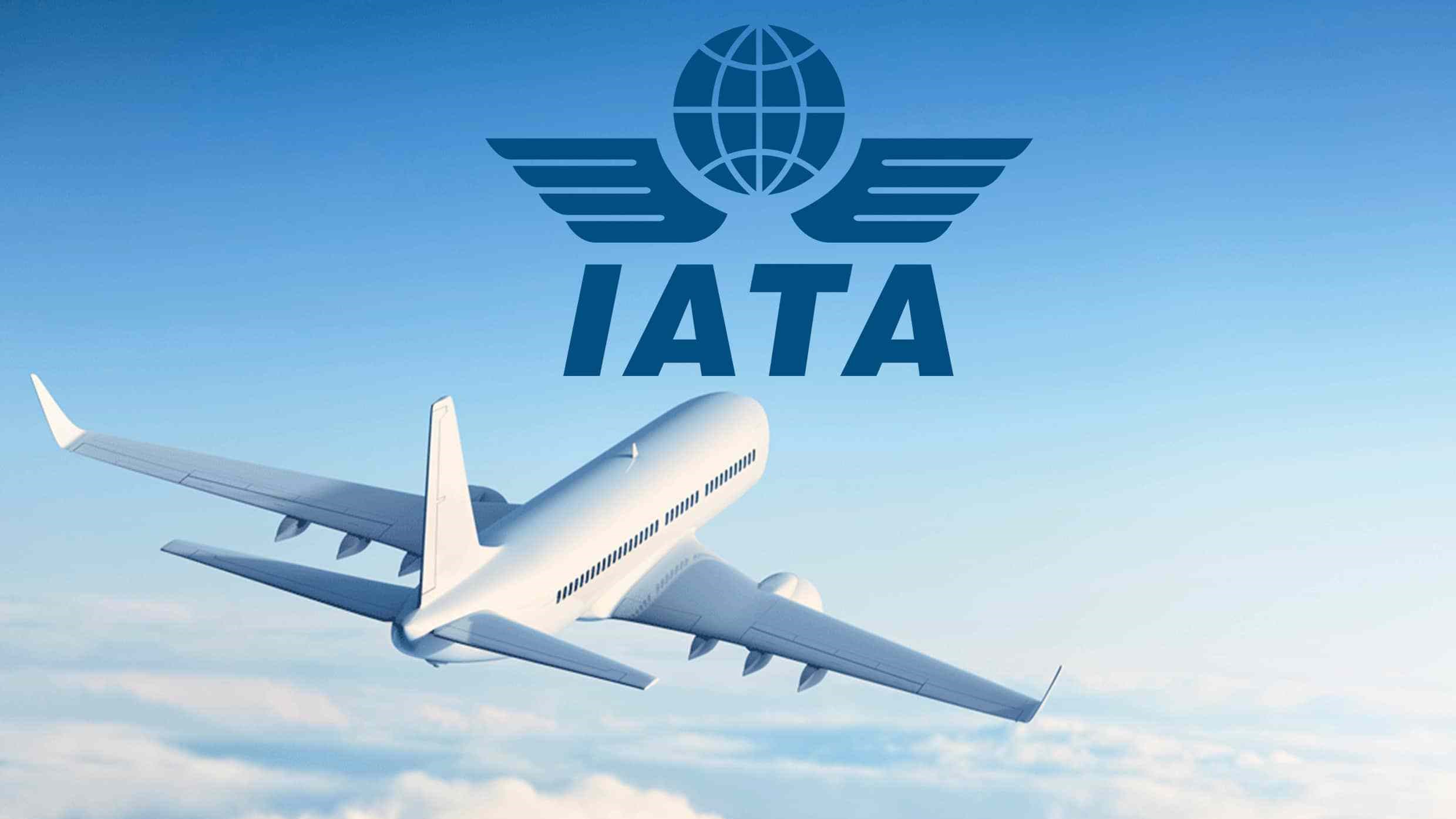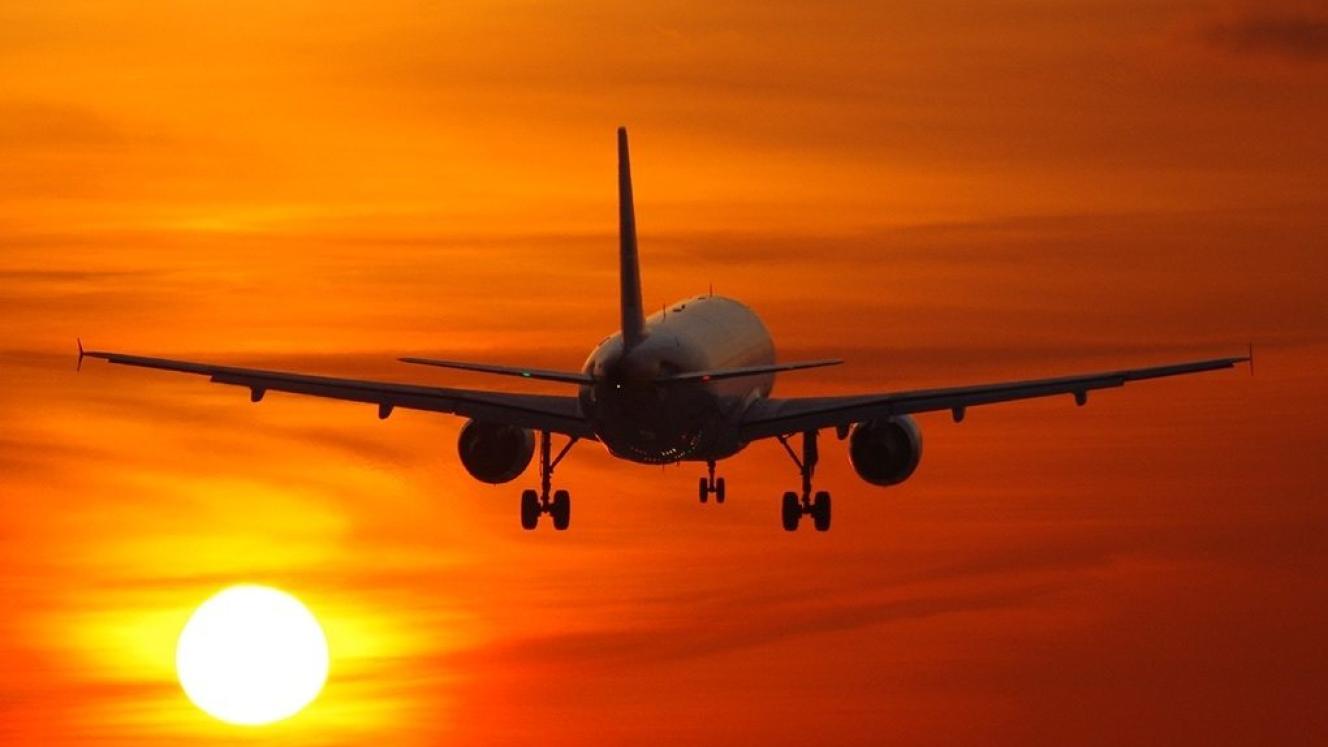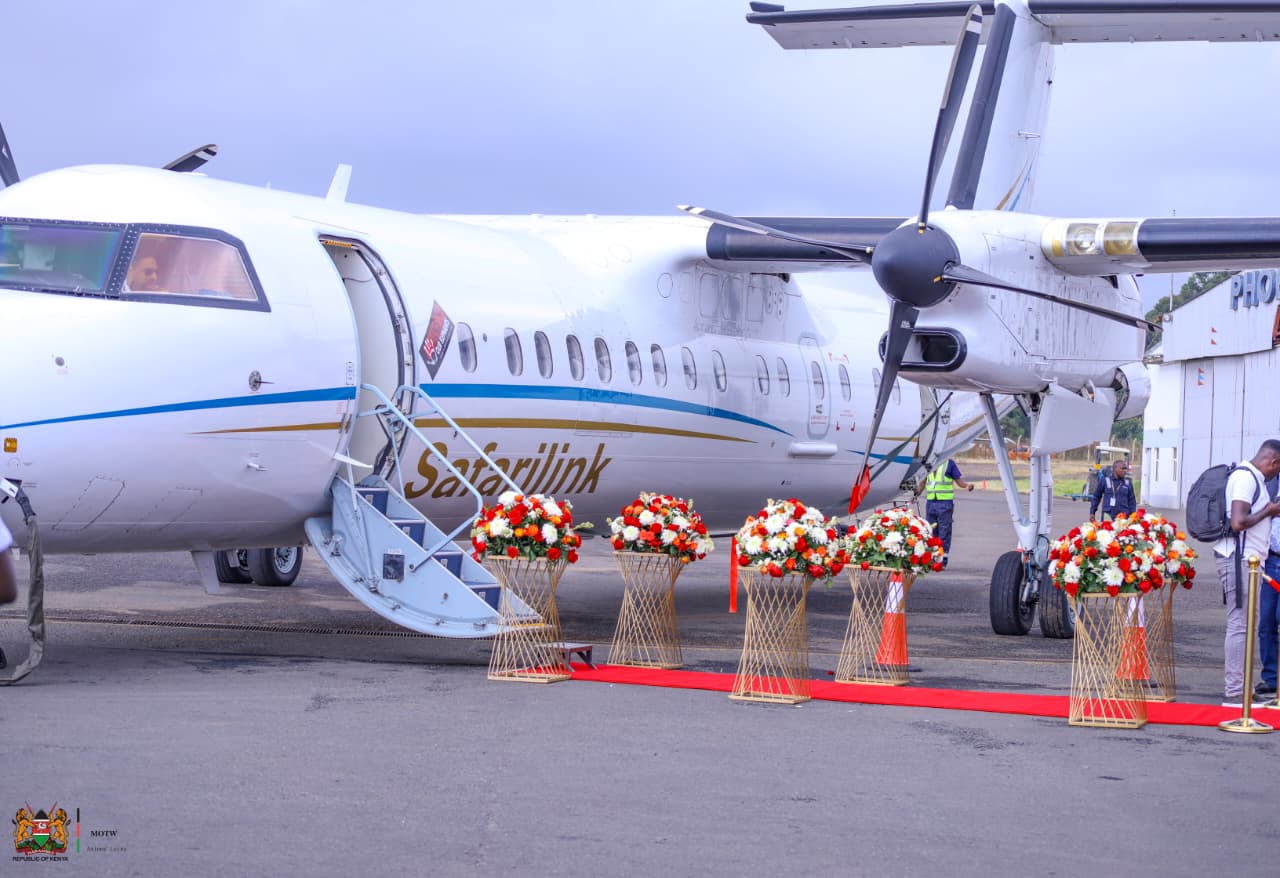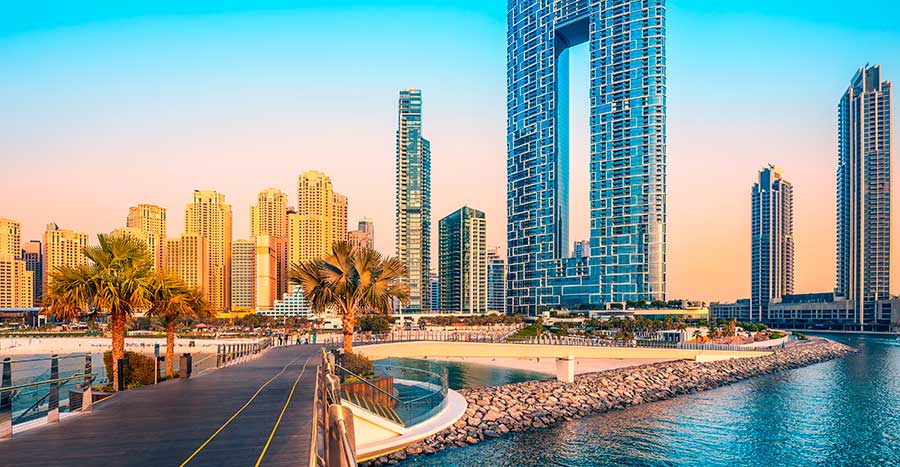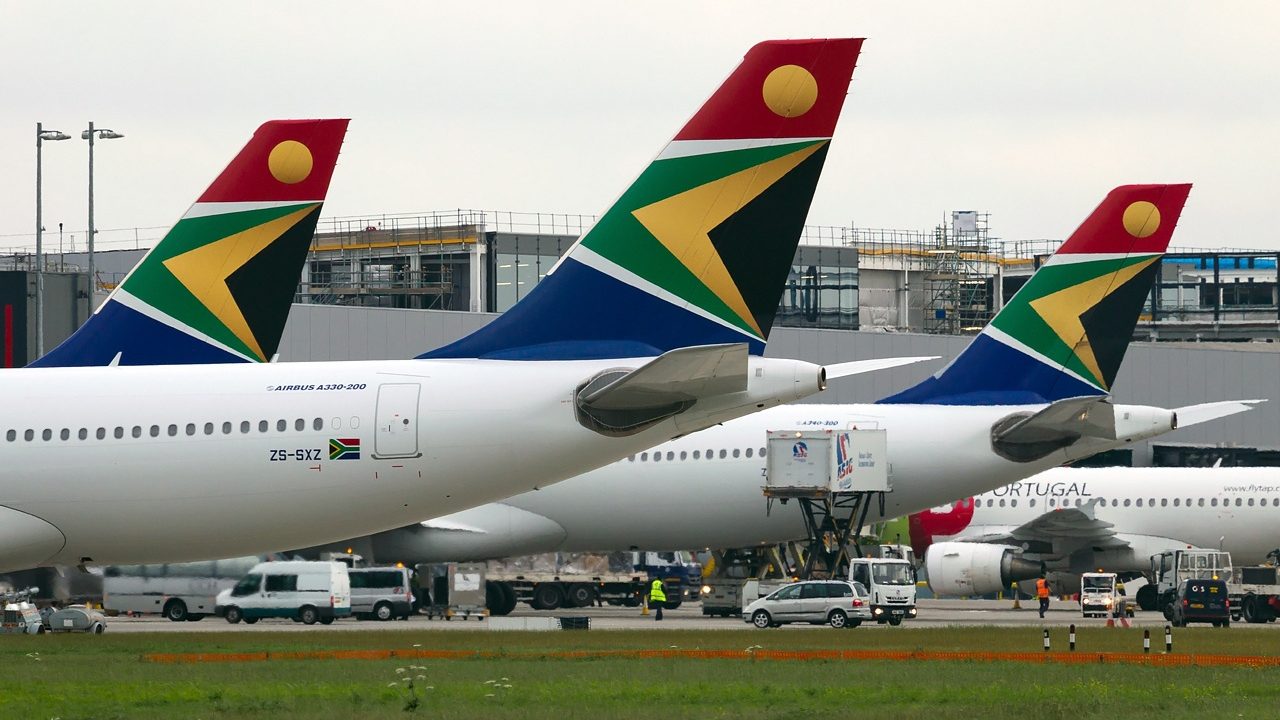As the relentless heat of the Arabian summer finally yields to the gentle embrace of winter, Dubai is undergoing its annual metamorphosis. From November through March, the city sheds its “indoor-only” persona, inviting residents and global travelers alike to step out from behind the glimmering glass of its skyscrapers and into a world of open skies, soft sunshine, and unexpected tranquility.
For those accustomed to Dubai’s reputation for high-octane luxury and indoor malls, the winter season offers a startlingly different rhythm. It is a time when the desert “exhales” and the city feels, perhaps for the first time all year, like a genuine home.
From the Dunes to the Clouds: Desert Adventures
Winter is arguably the only time to truly experience the majesty of the Arabian desert without the oppressive heat. For early risers, the Dubai Balloon at Atlantis offers a sunrise hot-air balloon experience that lifts travelers above the rippling, dawn-pink dunes. Often paired with mid-air falconry displays and an authentic Arabic breakfast on the sand, it is a serene alternative to the city’s usual speed.
As night falls, the desert transforms into a natural observatory. Luxury glamping sites like Sonara Camp and Terra Solis offer stargazing experiences, sandboarding, and archery under clear, crisp winter skies—a far cry from the neon lights of the Dubai Marina.
A Coastal Sanctuary
Dubai’s coastline also finds its glass-like calm in the cooler months. Kite Beach and the Palm Jumeirah have become hubs for gentle morning activities, with paddleboarding and kayaking being the preferred ways to greet the Gulf. For those looking for a “truly Dubai” wellness experience, floating rooftop yoga and Pilates sessions are now a seasonal staple, merging skyline views with mindful movement.
Beyond the shoreline, travelers seeking complete solitude are heading to the Hajar Mountains in Fujairah. New eco-stays like Parvara offer “digital detox” retreats—private pavilions designed for silence, ritual, and guided hiking, allowing visitors to disconnect entirely from the digital world.
The Heartbeat of Heritage and Culture
Winter also marks the return of Dubai’s most beloved open-air cultural landmarks. The narrow lanes of the Al Fahidi Historical Neighborhood come alive as visitors explore wind-tower architecture, hidden art galleries, and creekside views.
For those seeking a more festive energy, Global Village has reopened for its 30th season, featuring pavilions from over 90 countries and a record-breaking 9 million annual visitors. Meanwhile, the Madinat Jumeirah Winter Market provides a canal-side wonderland of wooden chalets and live music, bridging the gap between traditional Dubai and global winter festivities.
2026: A Year of Creative Momentum
Looking ahead to early 2026, the city’s creative calendar is already filling up. Dubai Design Week and the Downtown Design fair are set to showcase the region’s best architecture and innovation, while international music icons like Peggy Gou are scheduled to bring world-class house and techno to palm-lined outdoor stages.
“Winter in Dubai is not just about the weather; it’s about the community,” says Vama Kothari, a longtime resident. “It’s picnics on the beach, late-night walks on the Jumeirah corners, and the hum of conversation through open balcony doors. It’s when the city feels most like itself.”
With temperatures hovering between a pleasant 18°C and 28°C, the 2025-2026 winter season is proving once again that Dubai’s greatest luxury isn’t found in its malls, but under its gentle, open skies.
Source: lifestyleasia.com


